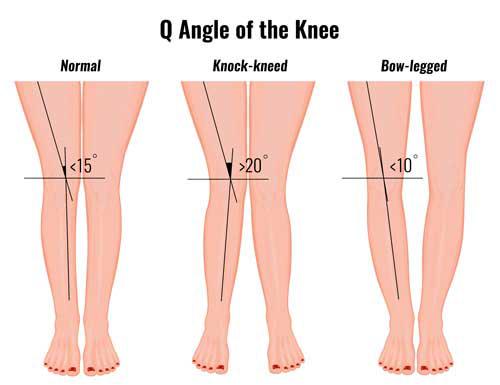Patella Femoral Dysfunction (PFD) is a condition that affects the knee, resulting in pain in the front part of one or both knees. It may be caused from a mechanical difficulty in the knee itself, or from improper formation of the bone in the hip area. High or flattened foot arches can also contribute to this issue. Improper alignments of the hips, knees, or feet can place excessive forces on the kneecap. As the kneecap moves across the end of the leg bone (or femur) the surfaces become irritated and painful.
Most commonly found in young women and adolescent females, PFD is a condition that can affect anyone. A softening of the cartilage on the back side of the kneecap, or imbalances in the muscles that control the movement of the kneecap may also cause PFD. Improper force can be placed on the kneecap and femur if outside portions of the quadriceps muscles are stronger than the inside portions. Symptoms usually include pain with kneeling, walking, running, or climbing up or down stairs. Patients usually describe their pain as “aching” and “deep”. One can also experience tenderness and swelling around the knee area. When bending or straightening the knee, you may feel a creaking or crunching in the area.
Rehabilitation first begins with controlling the pain and symptoms such as swelling. Icing the knee will help control swelling and pain. You an read more about icing here. Electrical stimulation treatments may also help ease the pain. As much as you can, try to avoid activities that increase your pain. For instance, try taking an elevator instead of using the stairs. Painful activities may need to be modified but will be resumed gradually during the course of treatment. In some cases, a knee brace is issued to help control the movement of the kneecap and decrease irritation.
In most cases, strengthening or stretching exercises will help correct muscle imbalances. Be careful, as too much resistance during exercises can sometimes make the problem worse. Everyone reacts to exercise resistances differently. Because of this, it’s important to communicate any pain increases to your health professional during the course of treatment so modifications can be made. Another intervention may be a detailed foot evaluation, and correction of any problems found in this area, including orthotics. Orthotics are custom-made shoe inserts that help correct improper foot mechanics directed to the knee.
It’s important to remain optimistic and patient while treating patellofemoral issues. PFD symptoms can flare up very easily. Another responsibility you have is to be very consistent with your treatment visits and home program so the knee can gradually adapt and heal. The condition can be difficult to remedy, but in most cases relief and return to your activities can be achieved.
Post written by: Travis Rohner, PT



